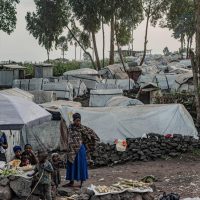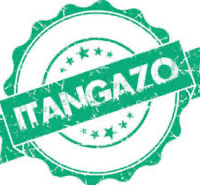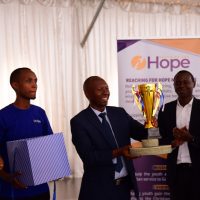Girinka programme was put in practice in November 2006 and it was supposed to benefit 257,000 poor families that had been identified, on a rotational basis.
That means one family is given a pregnant cross-breed and after weaning its calf it is passed on to the next family. This has caught on and many organizations have joined the government to thus distribute such cows.
The government supports these families in primary animal care by providing veterinary services, artificial insemination, seeds for animal feeds, vaccination against diseases and others. With time the families are able to cater for the cows on their own, as they get empowered by the benefits accruing from that ownership.
Apart from the better nutrition from the milk, the cow provides manure that increases crop productivity. With improvement of their land, the families are sensitised on how ‘Girinka Programme’ can be complemented by other efforts like owning a kitchen garden, planting fruits and intensifying their crop production.
The program was set up with the central aim of reducing child malnutrition rates and increasing household incomes of poor farmers. These goals are directly achieved through increased access to, and consumption of milk, by providing poor households with a heifer. The program is crucial to addressing the fundamental needs of those parts of the country that are critically food insecure.

The GIRINKA program is transforming rural livelihoods and addressing poverty alleviation in Rwanda. The model is simple, the impact is great. One Cow brings nutrition, sustenance and employment, providing a stable income for a family and is a source of soil nutrients via manure to assist small scale cropping activity. To date, more than 203,000 families have now benefited from the program. However, many more families, some of the Rwanda’s most poor still eagerly await to receive the many benefits the program can bring.
The target is to reach 350,000 Rwandese families by 2017.










